24 October 2025

Modern buildings demand more than aesthetics; they must also perform acoustically. From schools and offices to theatres and transport hubs, controlling noise and reverberation is essential for comfort and functionality.
Sculptform’s Click-on Battens combine design flexibility with measurable acoustic performance, helping architects and designers create spaces that are both visually striking and acoustically controlled.
In this guide, we’ll explore how battens affect sound absorption, compare timber and aluminium options, explain global acoustic rating systems like NRC and αw, and show how to configure battens for maximum acoustic performance.
Poor acoustics can lead to:
By integrating acoustic solutions into ceilings and walls, designers can significantly improve comfort, usability, and compliance with local building standards.
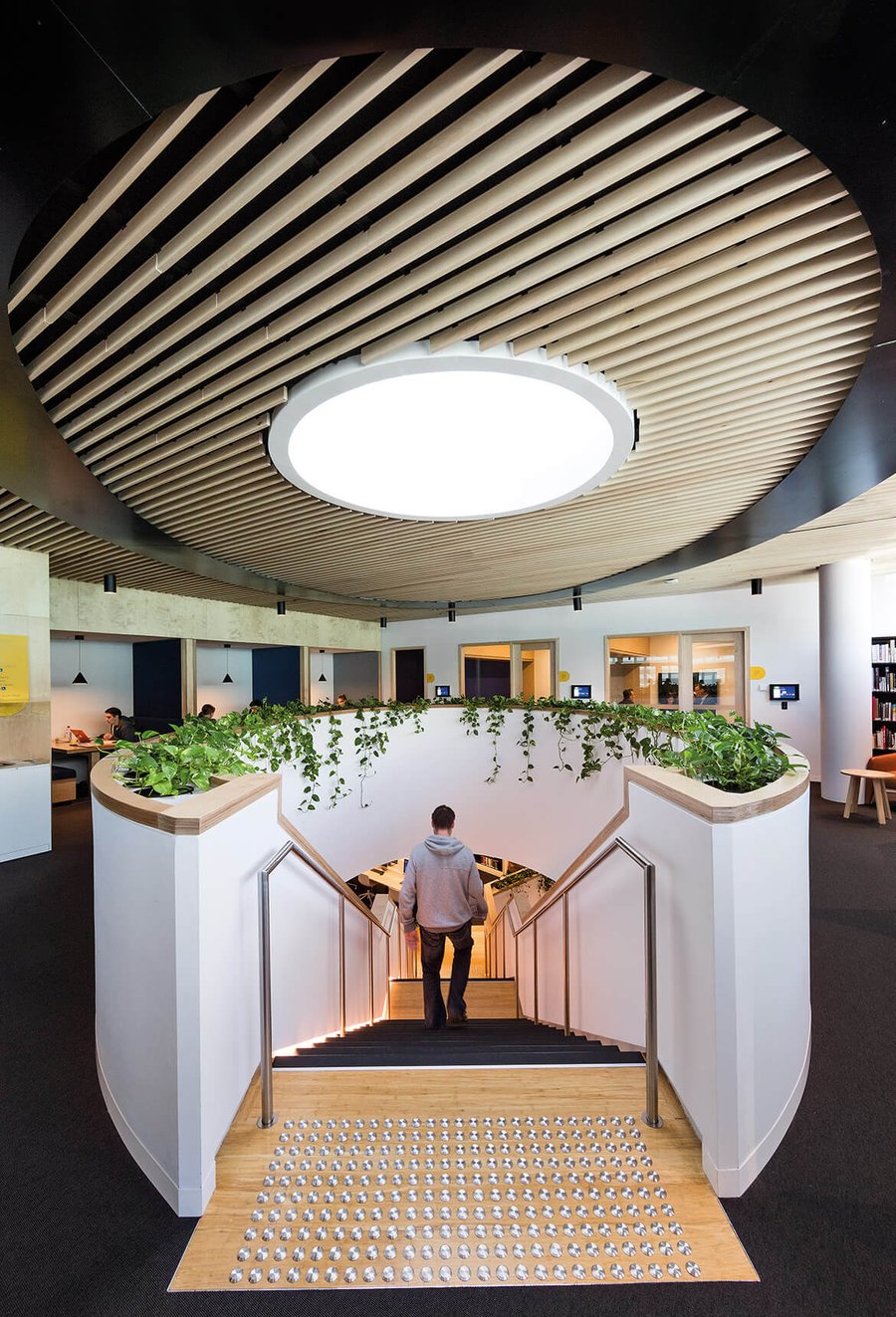
Acoustic ratings vary across regions. Understanding the different systems ensures your specification aligns with project requirements worldwide:
|
Region |
Standard / Measure |
Description |
Typical Use |
|
Australia / New Zealand / United States |
NRC (Noise Reduction Coefficient) - ASTM C423 |
Averages sound absorption across mid frequencies (250–2000 Hz). Simple, widely understood, but provides only a general snapshot of performance. |
Commonly used in Australia, New Zealand, and the United States for quick specification comparisons. |
|
United Kingdom / Europe |
αw (Weighted Sound Absorption Coefficient) - ISO 11654 / EN ISO 11654 |
Provides a single-number rating with an absorption class (A–E) for more detailed acoustic assessment. Offers better insight into frequency performance than NRC. |
Predominantly used in the UK and Europe for architectural and interior acoustic design. |
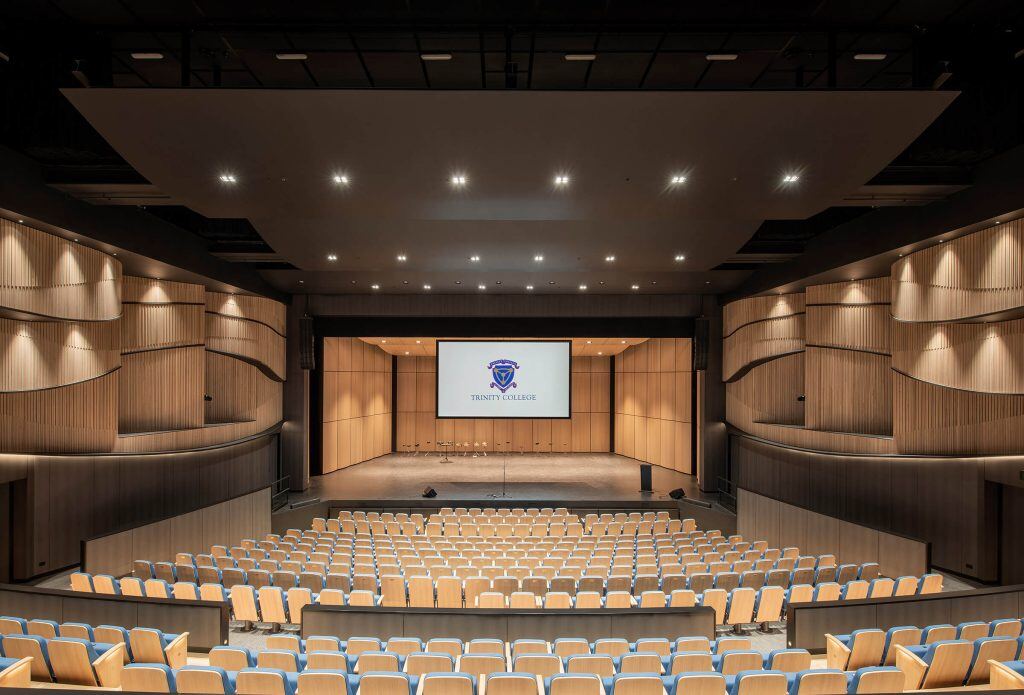
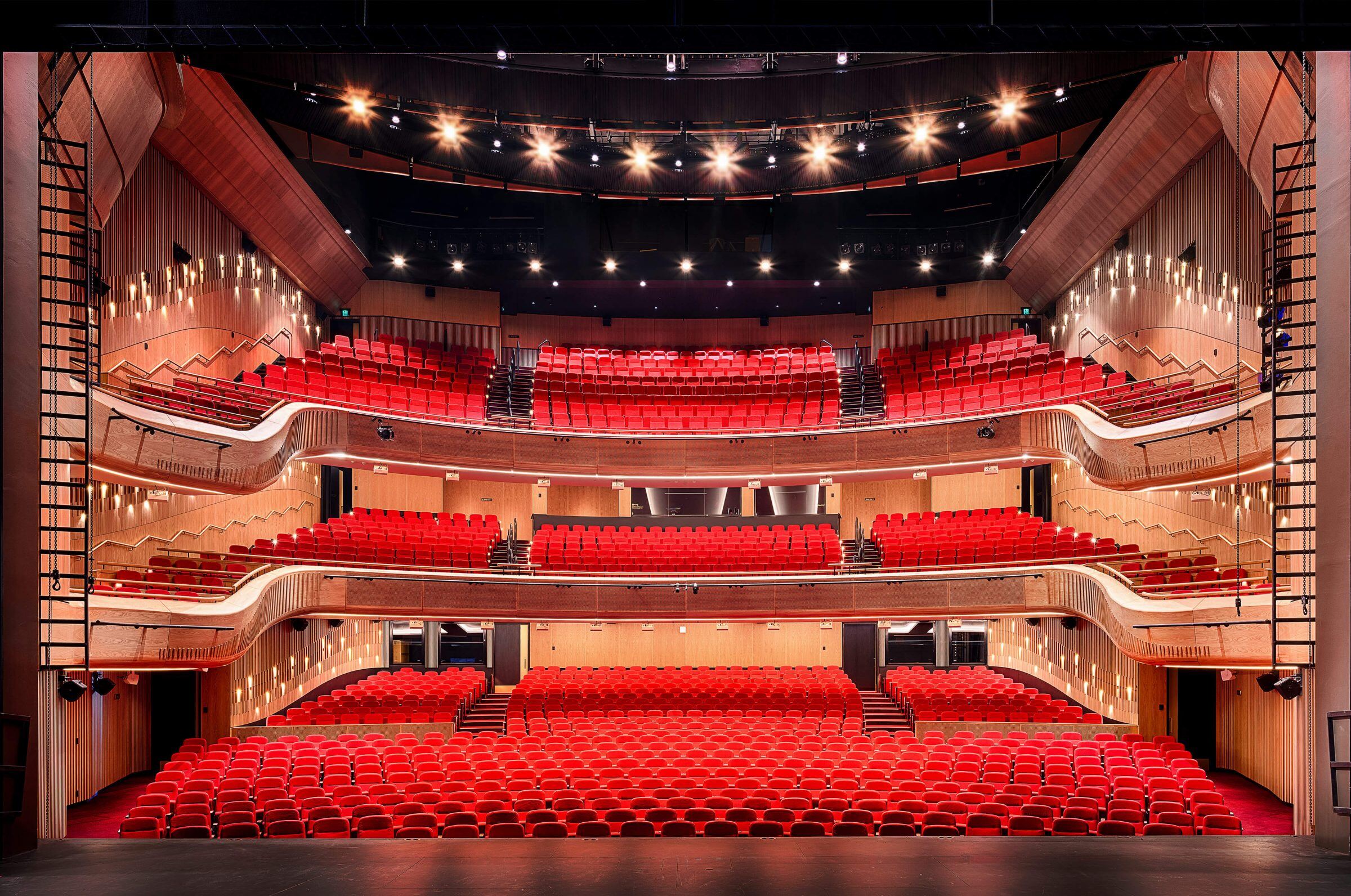 Key Factors That Influence Acoustic Performance
Key Factors That Influence Acoustic PerformanceThe acoustic performance of Click-on Battens depends on how they’re configured.
1. Acoustic Backing
2. Cavity Depth
3. Insulation
4. Batten Spacing
|
Material |
Configuration |
Measured NRC |
Comment |
|
Timber battens |
7 mm acoustic backing, 25 mm acoustic batts, 90 mm stud cavity |
0.88 |
Excellent tuning potential when paired with acoustic treatment |
|
Aluminium battens |
7 mm acoustic backing, 25 mm acoustic batts, 90 mm stud cavity |
0.82 |
Comparable to timber when configured with the same acoustic system |
Tested under ASTM C423 with equivalent configurations.
 Applications of Acoustic Battens
Applications of Acoustic BattensOur Click-on Battens are used globally across industries where acoustic control is essential, including:
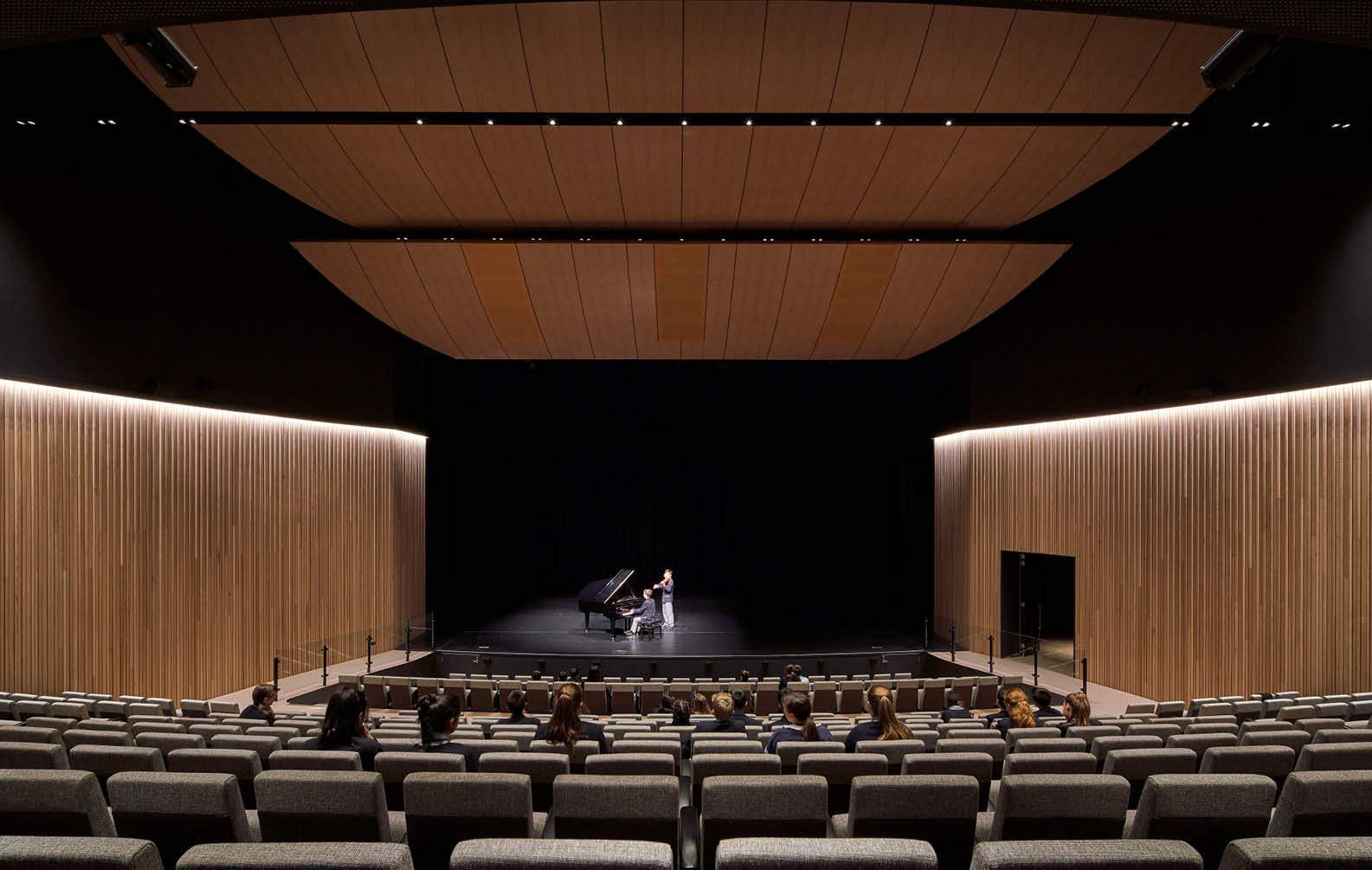 How to Specify Acoustic Battens for Your Project
How to Specify Acoustic Battens for Your Project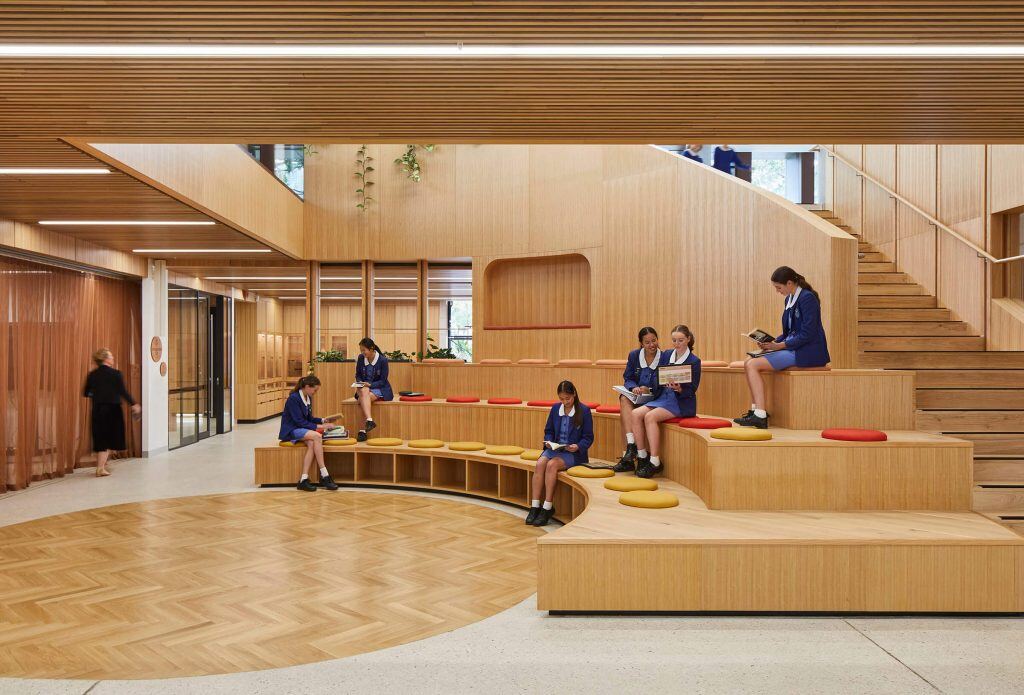 Finding the Right Acoustic Solution
Finding the Right Acoustic SolutionAcoustic performance is a critical element of modern design, and Sculptform’s Click-on Battens make it possible to achieve both stunning aesthetics and reliable sound absorption. Whether you’re working to NRC in Australia, NZ, and North America, or αw in UK/Europe, the right configuration of battens, backing, and insulation ensures your project meets its acoustic goals.
Ready to explore acoustic battens for your next project? Try our Price & Spec Tool to get the right configurations or contact our team to discuss your requirements.
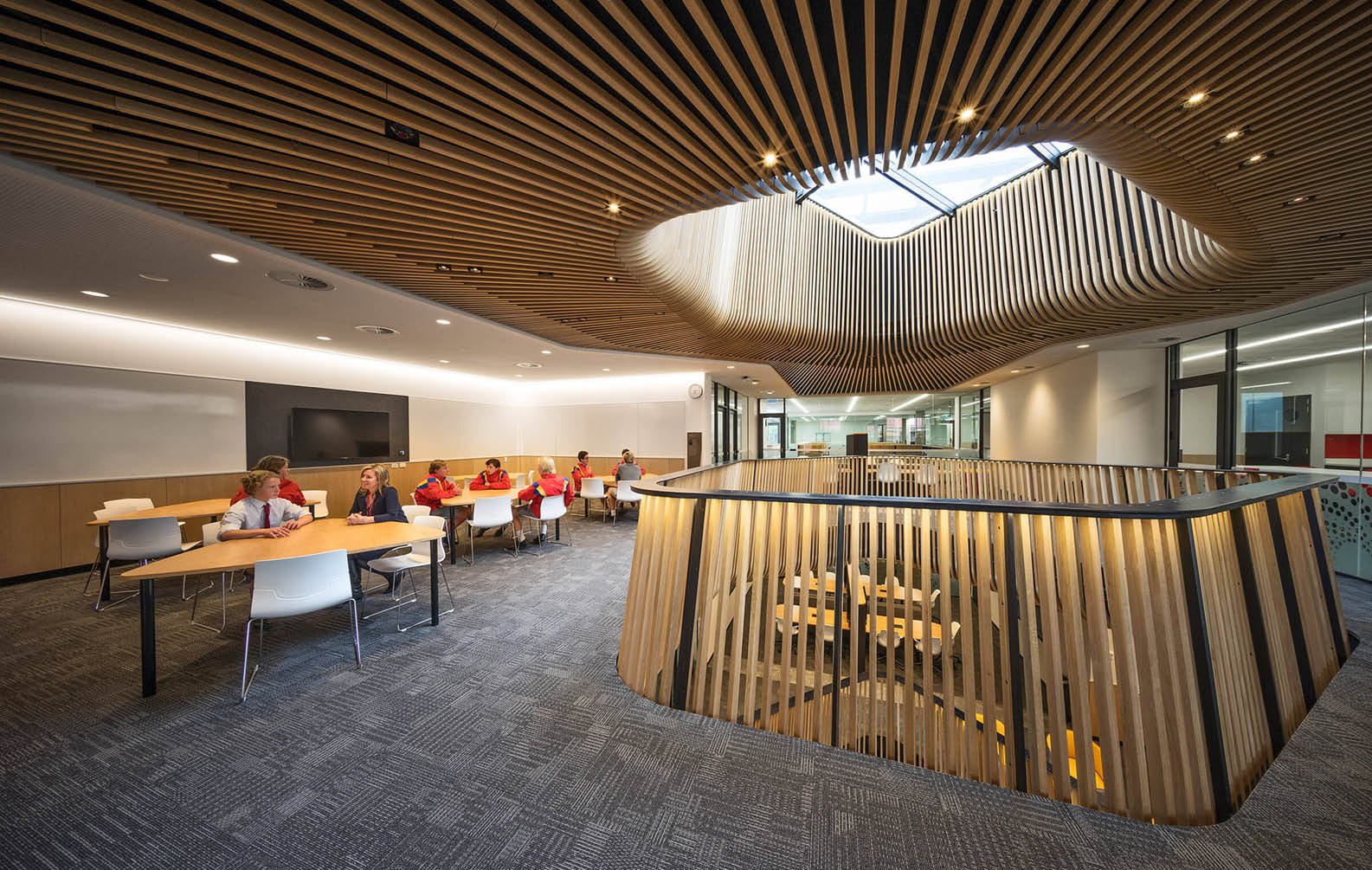 Frequently Asked Questions
Frequently Asked QuestionsQ: What’s the difference between NRC and αw?
A. Both NRC (Noise Reduction Coefficient) and αw (Weighted Sound Absorption Coefficient) are single-number ratings that describe how well a material absorbs sound, but they’re calculated differently and used in different regions.
Q: What NRC or αw rating is considered good for acoustic battens?
A. A higher value indicates better sound absorption. As a guide:
Q: Do timber battens perform better than aluminium battens?
A. Not inherently - both materials need acoustic treatment (backing, insulation, and cavity depth) to absorb sound effectively.
When configured identically (e.g. 7mm acoustic backing, 25mm acoustic batts, 90mm stud cavity), timber achieves NRC 0.88 and aluminium achieves NRC 0.82 - a minor difference acoustically.
Q: What affects the acoustic performance of battens most?
A. The key factors are:

